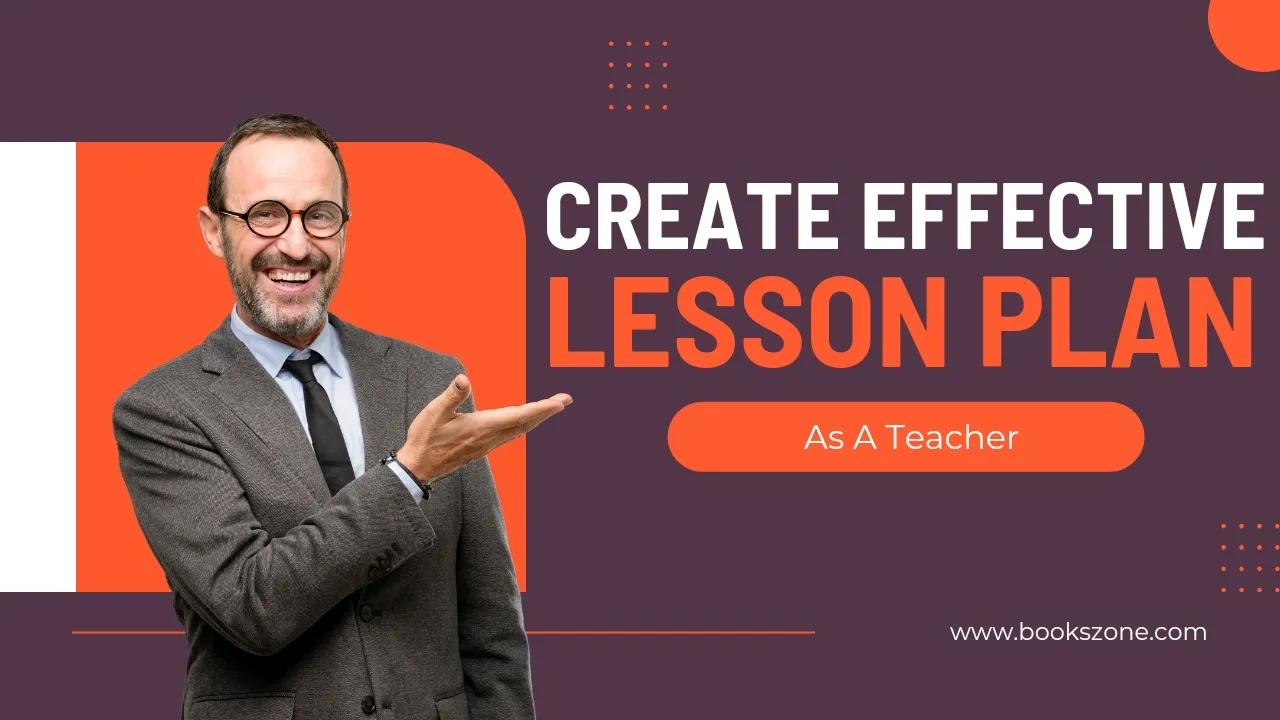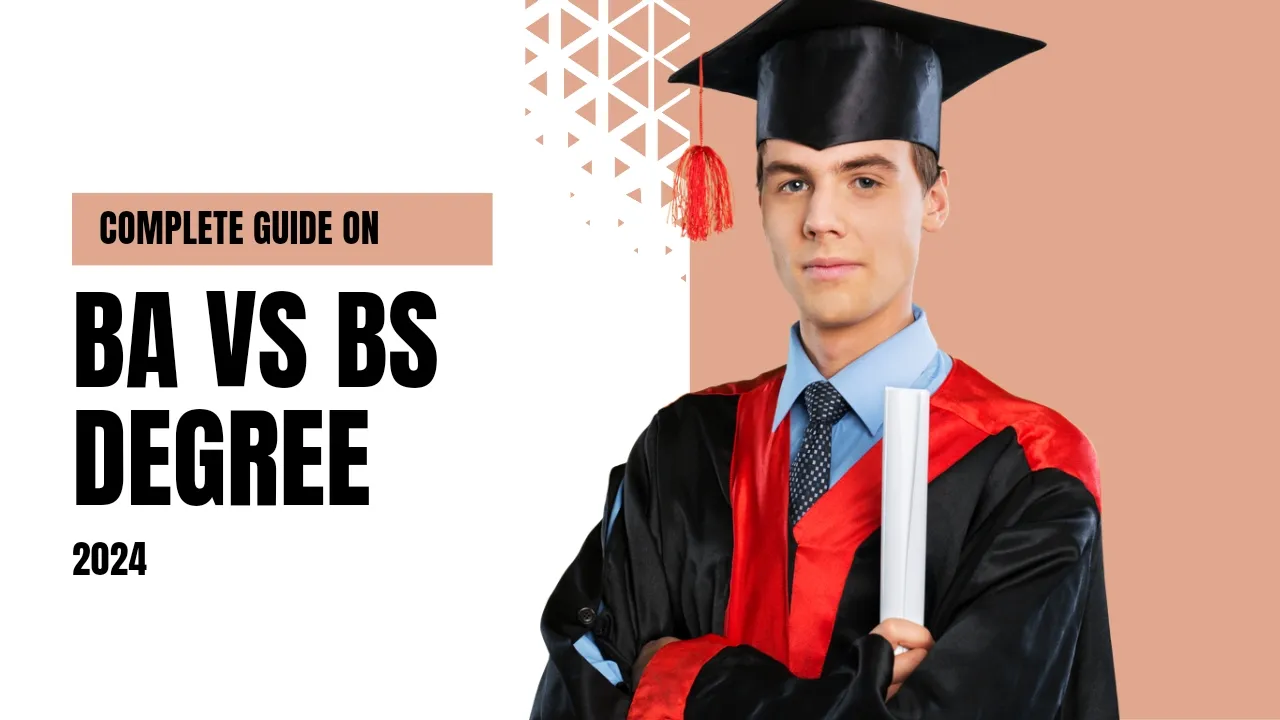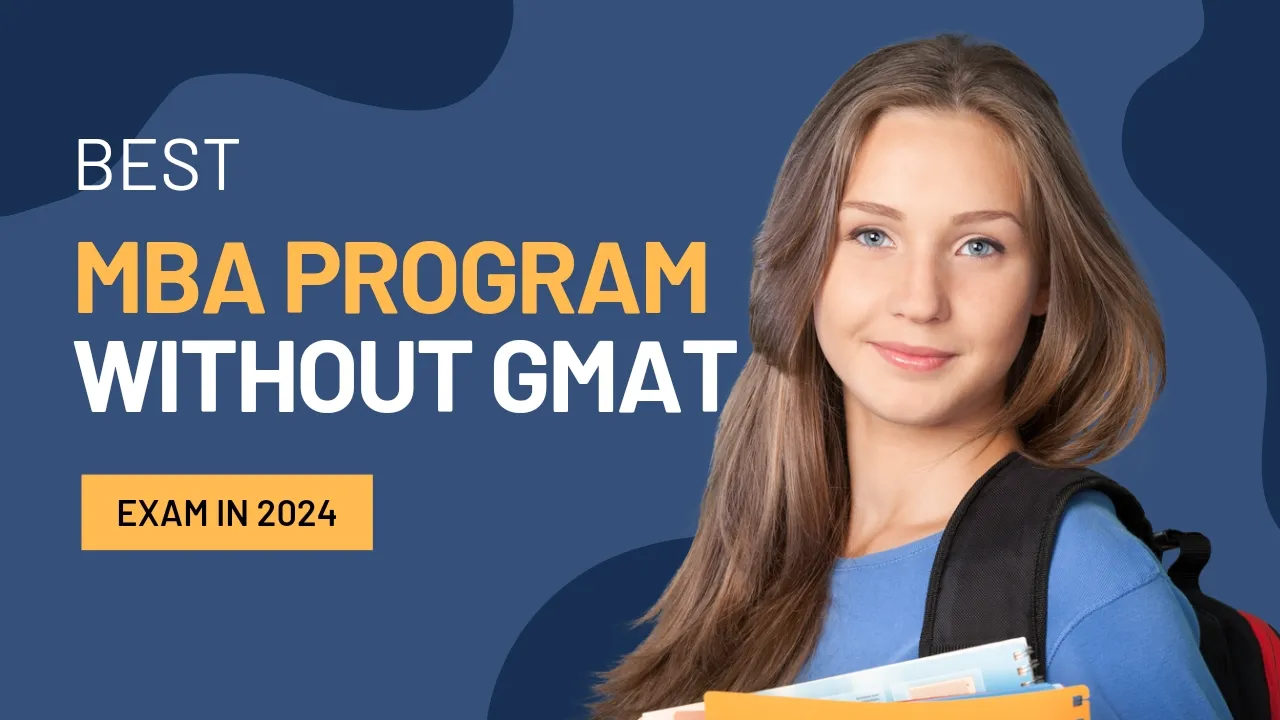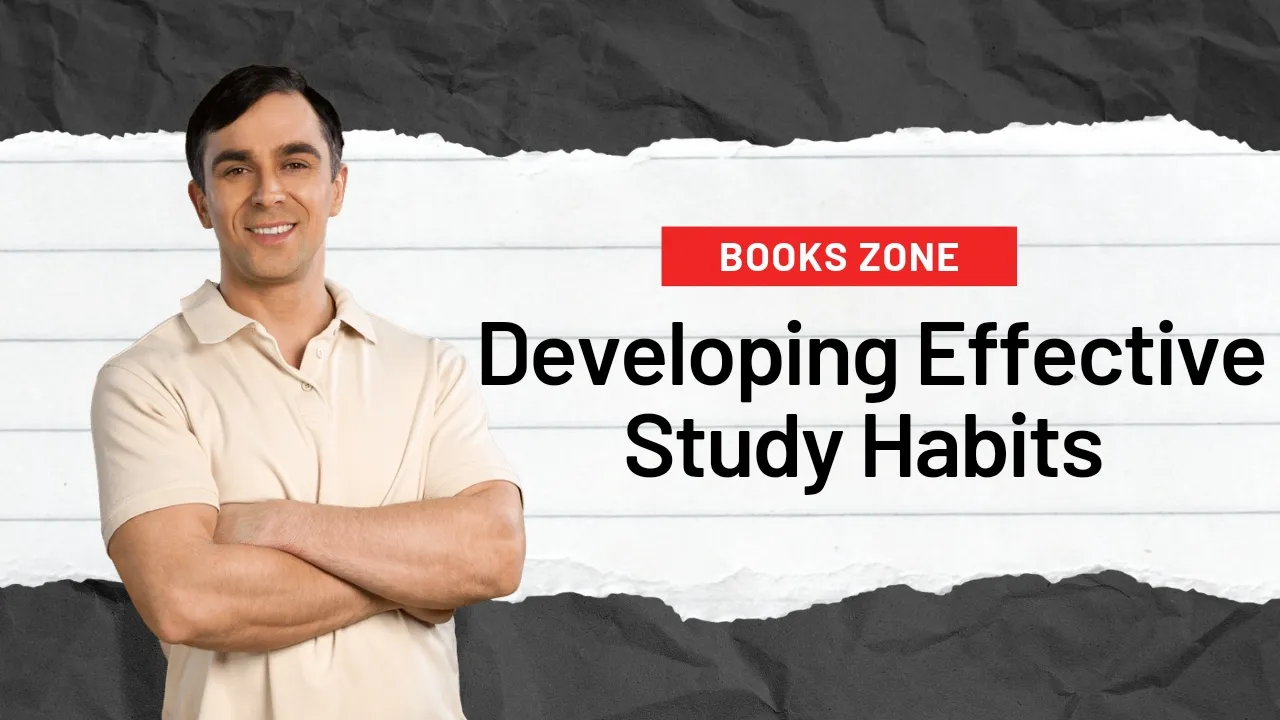Hello doston!
Here I am going to provide you CBSE Notes for Class 10 Economics Chapter 3 Money and Credit. In this chapter, you will learn
about the modern forms of money and how they are linked with the banking system. In the second half of the chapter, you will
know about credit and how it impacts borrowers, depending upon the situation. I have tried to cover all important topics from
this chapter in this notes. So, use these notes and do your best!!
Table of Contents
• Money as a medium of exchange
• Modern forms of money
• Loan activities of Banks
• Two different credit situations
• Terms of credit
• Formalsector credit in India
• Self Help Groups for the Poor
Money as a medium of exchange
Money is an item which is used as a medium of exchange. In modern economy, money is work as an intermediary. It is used as
a medium of exchange for goods and services. It is also used for payment of debts.Introduction of money replaced the barter
system.
Before the introduction of money, Indians used grains and cattle as money. In a barter system, selling and purchasing of goods
and services was done with “double coincidence of wants” i.e by fulfilling mutual wants without the use of money.
In this system goods and services was exchanged for another goods and services. It was also known as CC economy i.e
commodity for commodity economy.
Modern forms of money
(i) Currency
• Modern forms of money include currency — paper notes and coins.
• The modern coins are not made with the precious metals like gold, silver.
• The real values of the modern coins are less than its face value.
• Currency notes are also used as a medium of exchange in modern economy.
• The currency notes are made with paper. The real values of the currency notes are less than its face value.
• The currency is authorized by the government of the country. So, it is used as a medium of exchange and accepted by the
others.
• In India, Reserve bank of India has authority to issue currency notes on behalf of the central government. In India, no
individual can legally refuse to accept the rupees issued by the Reserve bank of India.
(ii) Deposits with Banks
• Deposits with Banks are also a form of money. A person can deposit in the bank by opening an account on his/her name.
• People need only some money at a point of time. So, people can deposit extra money and earn extra money, which is
given on money already depositing in bank.
• A facility of payment through cheque is also provided by the bank to their customers.
• Cheque work as an instrument for payment which is made by the paper. A person can directly transfer money to another
person through cheque rather than in cash.
• People deposit their money in bank and get some rate of interest as extra income.
• Banks hold only some percentage of their deposit in bank.These days banks in India hold about 15% of their deposits as
cash.
• This is kept as a provision to pay the depositors who might come to withdraw money from the bank on any given day.
• A major portion of the deposited money is provided to those people who are needy of money for economic activities.
• In this case, money is provided as a loan with a higher rate of interest. The difference between interest on borrowing money and the interest of deposited money is the income for the bank.
Two different credit situations
Credit is an agreement in which is created when a person gives money and goods to the needy person with the promise of to
repay that with some rate of interest.
There are two types of credit situation
- In the first situation, a person borrows money for production activities with the promise to repay the loan at the end of the
year when production work will be completed. And at the end of the year, he/she makes a good profit from production
activities and he/she is able to pay the amount of loan. Therefore, that person becomes better off than before. - In the second situation, a person borrows money for production activities with the promise to repay the loan at the end of
the year when production work will be completed. And at the end of the year he/she unable to repay the loan due to loss in
production. For this term, he/she come under the situation of debt trap. Therefore, that person becomes worse off than
before.
Debt trap : When a borrower fails to repay the loan due to the failure of the production and is left worse off. This situation is
known as debt trap.
Terms of credit
• The interest rate, collateral and some documents fulfill the requirements of the terms of credit.
• Interest rate is specified when a lender provides loan to the borrowers. A borrower will have to repay the amount taken
from the lenders with the amount of interest.
• In some case, lenders may demand collateral against loans.
• Collateral is an asset of the borrowers which is given to the lenders as security for the specified period.
• A lender can use the assets which are held by him as security until the amount of loan is repaid.
• The lender has right to sell the assets or collateral when the borrower fails to repay the amount of loan in a specified
period.
Formal sector credit in India
There are two types of sources of credit in an economy :
(i) Formal sector -:
• These are the loans from banks and cooperatives.
• The Reserve Bank of India supervises the functioning of formal sources of loans.
• Banks have to submit information to the RBI on how much they are lending, to whom, at what interest rate, etc.
(ii) Informal sector -:
• These are the loans from moneylenders, traders, employers, relatives and friends, etc.
• There is no organisation which supervises the credit activities of lenders in the informal sector.
• There is no one to stop them from using unfair means to get their money back.
❏ In india, the rate of interest in informal sector is greater than the rate of interest in formal sector.
❏ The formal sector meets only about half of the total credit needs of rural people. The remaining credit needs are met from
informal sources.
❏ It is important that the formal credit is distributed more equally so that the poor can benefit from the cheaper loans.
❏ It is necessary that banks and cooperatives increase their lending, particularly in rural areas, so that the dependence on
informal sources of credit reduces.
❏ While the formal sector loans need to expand, it is also necessary that everyone receives these loans.
• Banks are not present everywhere in rural India.
• Even if banks are present, getting a loan from a bank is much more difficult as it requires proper documents and collateral.
To overcome these problems, people created Self Help Groups (SHGs).
SHGs are small groups of poor people which promote small savings among their members.
A typical SHG has 15-20 members, usually belonging to one neighbourhood, who meet and save regularly.
Advantages of Self Help Group (SHG)
- It helps borrowers to overcome the problem of lack of collateral.
- People can get timely loans for a variety of purposes and at a reasonable interest rate.
- SHGs are the building blocks of organisation of the rural poor.
- It helps women to become financially self-reliant.
- The regular meetings of the group provide a platform to discuss and act on a variety of social issues such as health,
nutrition, domestic violence,etc.














Leave a Comment